Lighting plays a key role in interior design, impacting both the function and ambiance of a space. Lighting is not just about practicality, but also about how it shapes the overall look and feel of a room. The brightness, temperature, and placement of lights can highlight specific features, set the mood, and influence the overall experience in a room.
There are several key factors that will help you to choose the perfect lighting fixtures for your home. When you choose fixtures, it’s important to consider purpose, design, mounting type, size, bulb type, budget and special features. Each of these factors will affect the suitability of a light fixture for a specific space and use.
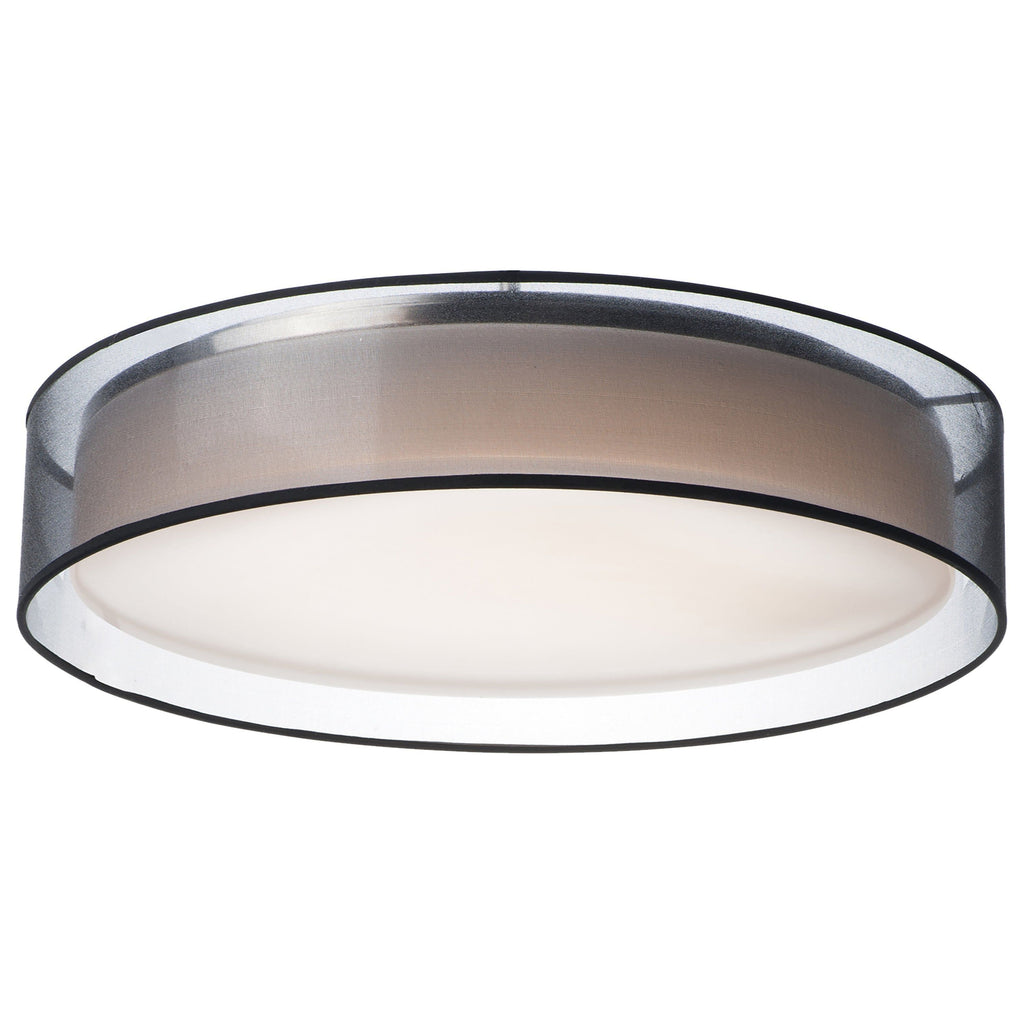
Prime 25" LED Flush Mount 120-277V
Lighting Purpose
One of the most important details to consider when choosing lighting is its purpose. How you intend to use the lighting will determine which type of lighting is most appropriate. Is this fixture needed to add ambient, task or accent lighting?
Considering the natural lighting in the room will help you decide how much additional lighting is required. The light fixture that you choose for ambient light will differ from one used for concentrated task lighting. By determining the purpose, you help narrow down your choices. Most rooms will require a combination of overhead lighting and accent lighting.
Room Type
The room itself will also play an important role in picking the perfect type of lighting that will complement your home décor. Rooms like kitchens, dining rooms or living rooms are best suited for larger ceiling lights, while rooms like bedrooms, hallways or bathrooms can benefit better from compact wall lighting like sconces.
Most rooms will require a combination of different lighting fixtures so consider how each section of the room is used. Certain areas of a room may need accent lighting to supplement the overall ambient light for tasks like reading, working or cooking. Areas like over the kitchen table, the dining table or breakfast nook can benefit from direct light to help make these areas more usable.
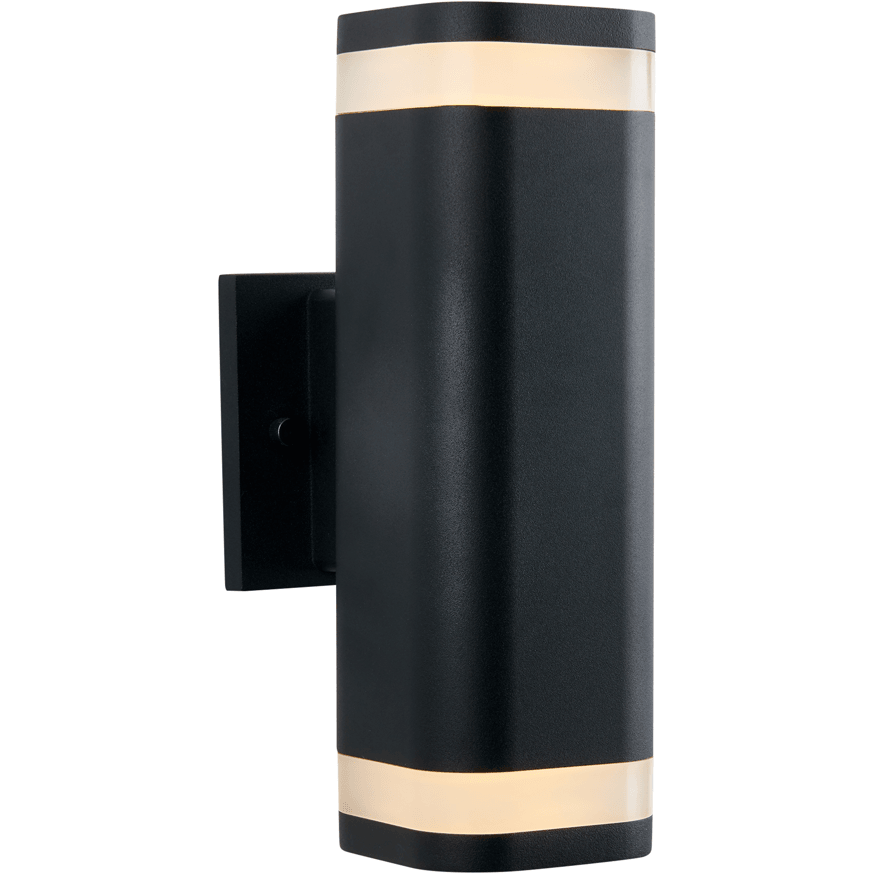
Interior Design
When choosing new lights, it's important to consider the look and feel of your space and your home décor style to ensure an aesthetically pleasing look. Lighting can be used to create a beautiful focal point in any room. Whether your taste leans towards modern, traditional, rustic, or coastal, choosing fixtures that complement and enhance the different styles of decor can significantly impact the overall vibe of the room. Don't feel like you have to commit to one style! Experimenting with different styles for your new light fixtures is a great way to add interest to a space, whether you're shopping for chandeliers, track lighting, or sconces.
Matching Your Lighting Style
Sleek and minimalist lighting may be well-suited for a modern style, while ornate or vintage lights can work well with a more traditional or rustic aesthetic. Matching the style of your lighting to the overall decor creates a harmonious look, for a unified and visually appealing space.
The style of your lighting can be used to create a cohesive look or, you could decide to choose a statement-making standout piece to add interest to the room. Opting for a standout piece adds a unique touch and can serve as a focal point for the space.
Whether you choose lighting with a cohesive style or select a stunning accent piece, tailor your lighting choices to your personal decor style. Whether it's a matte black chandelier for the living room, or an antique bronze pendant for the kitchen island, consider the materials and finishesas well. This helps to create a space that feels both put together and personally expressive.
Mounting Type
When choosing your lighting, the mounting type plays a key role in determining both functionality and aesthetics. Consider the placement and purpose of the lighting to decide whether mounted ceiling light fixtures, like track lights or flush mount lights, are suitable for overall ambient illumination.
Overhead lighting like pendant lights and chandeliers, on the other hand, are great choices for creating focal points in specific areas. Wall sconces can be strategically placed to provide task lighting or accent lighting throughout certain areas of the room, while table lamps are a flexible choice for adding task lighting to different corners of a room. The mounting type will affect the overall distribution of light in the space.
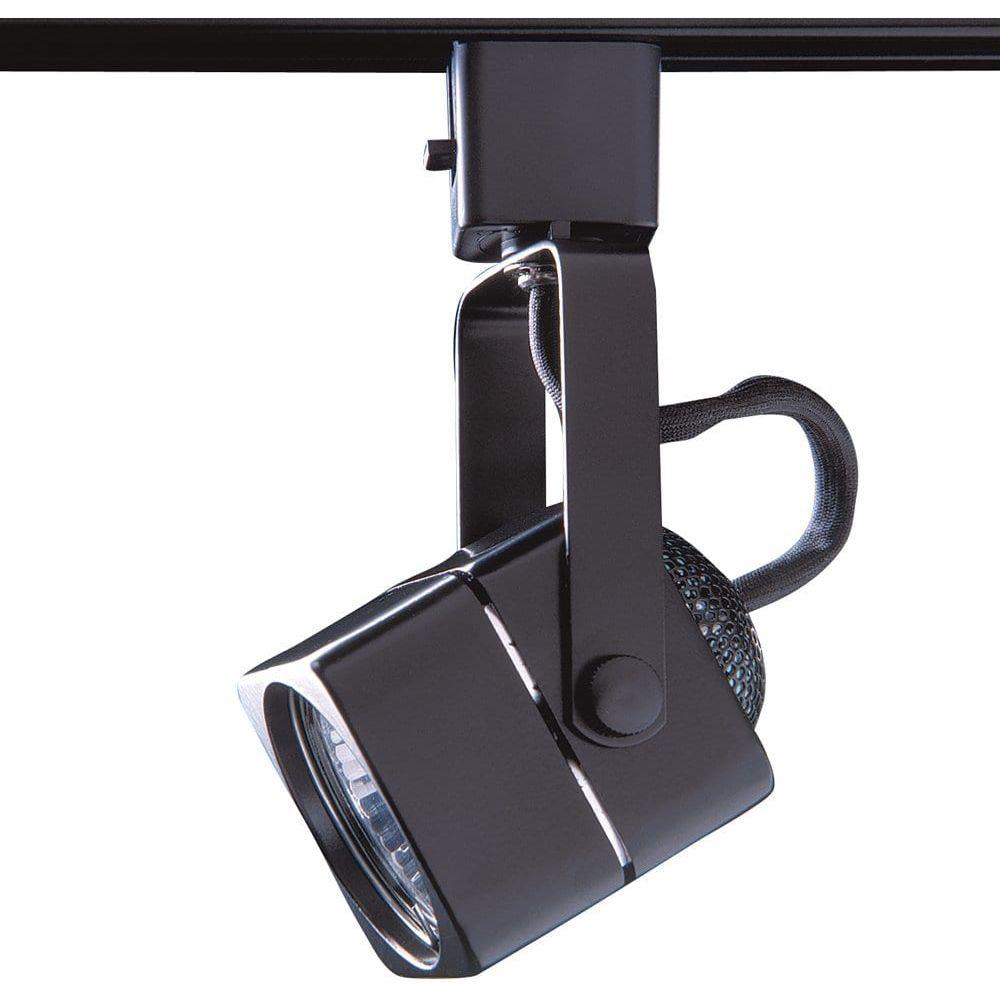
Line Voltage Track Head Cylinder for use with GU-10 Base Lamps
Hardwired vs. Plug-In
When choosing lighting, you’ll need to consider the electrical infrastructure in the room and desired flexibility. Hardwired lights are directly connected to the electrical system, providing a seamless and permanent lighting solution.
Hard wired lighting is ideal for a clean and polished look, especially in areas where wiring can be concealed. Plug-in fixtures are great for versatility, allowing for easy installation and relocation. This option is suitable for renters or people seeking a more temporary lighting solution.
The choice between hardwired and plug-in lighting depends on the look you prefer and the layout and specific requirements of the room.
Size and Scale
When picking a lighting fixture, it's important to think about its size and how it fits in the room. The fixture should match the room's size, so that it doesn't look too big or too small.
In larger rooms, you might go for a bigger fixture, and in smaller rooms, something more compact usually works better. Don’t forget to consider the height of the ceiling. In rooms with high ceilings, larger pieces like an overhead light can look good, while lower ceilings may need smaller lights like wall sconces, flush mount lighting or pendant lights to avoid making the space feel crowded.
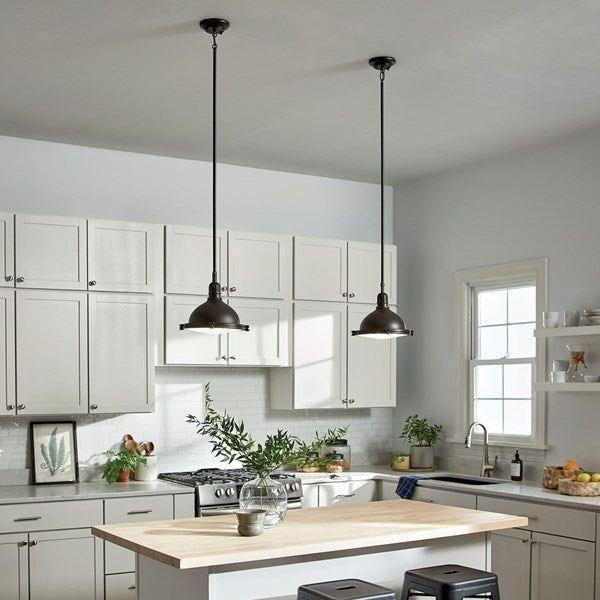
Light Coverage
The size of the fixture will also affect how the light spreads in the room. It's important to have enough light coverage for practical reasons and to keep the room well-lit.
If the fixture is too small, you may not get enough light, and if it's too large, you might end up with uneven or overly bright lighting. Finding the right size ensures the fixture fits in with the overall room design and provides the right amount of evenly distributed light for both function and aesthetics.
Bulbs and Lighting Technology
When shopping for a light fixture, it's important to consider the type of bulb and light technology that best fits your needs. Traditional incandescent bulbs are being phased out due to their low energy efficiency, making the LED light bulb style a popular alternative.
LED Lighting
LED bulbs are energy-efficient, long-lasting, and come in various colour temperatures, providing options for both warm and cool lighting. They are cost-effective in the long run due to their lower energy consumption and longer lifespan.
Light Temperature
Another key factor is the light temperature and brightness of the fixture. Light temperature, measured in Kelvin (K), affects the ambiance of a space. A warmer toned light bulb (around 2700K) is suitable for cozy areas like the bedroom or living room, while a cooler toned light bulb (5000K and up) works well in task-oriented spaces like the kitchen or office.
Choosing the right brightness level ensures the fixture provides enough light for the intended purpose of the space. Balancing light temperature, brightness, and energy efficiency enhances the functionality and aesthetics of your home.
Budget
When picking a light fixture for your home, make sure to shop within your budget. Look beyond the initial cost of the fixture itself and consider ongoing expenses like bulb replacements.
Long-Term Costs
Consider the long term costs when you invest in a new light product for your home. Opting for a cheaper chandelier might save you money upfront, but if it is poorly made, you will spend more over time. Higher-quality versions of ceiling lights, ceiling fans, flush mounts, or vanity mirror lights might be pricier at first, but are worth the investment. Consider also using efficient LED bulbs that last longer, saving you money over time.
Installation Costs
Be sure to consider installation costs in your lighting budget. As a general rule of thumb, hardwired light or ceiling light often requires professional installation, while plug-in lighting like table lamps or wall sconces are more DIY-friendly. To get the best value for your money, find a balance between cost, quality, and energy-efficiency.
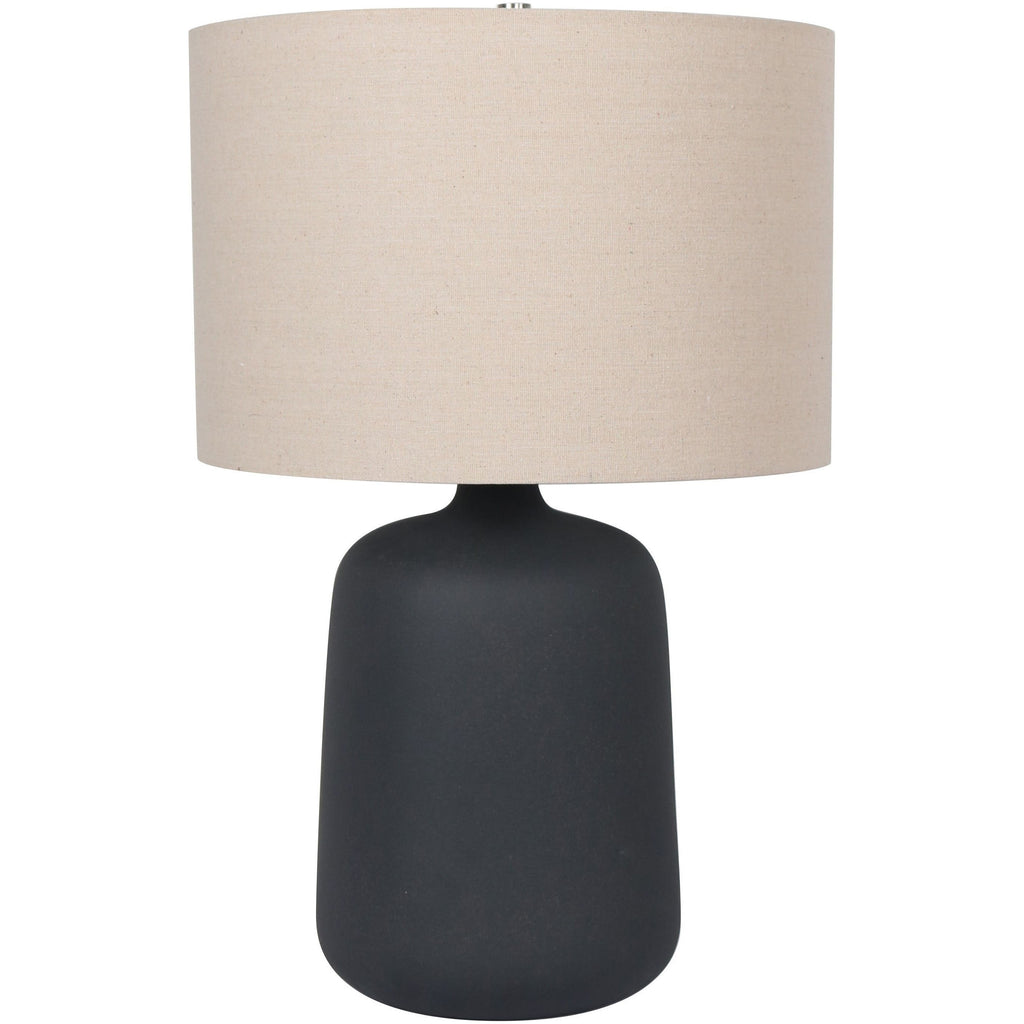
Special Features
There are many special features available for different types of light fixtures. When picking a light fixture for your home, it's worth considering some practical features that can make things more convenient.
Look for fixtures with a dimmer switch option to adjust the brightness based on your needs or the time of day. Smart lighting technology allows for remote control and scheduling using voice-controlled assistants or mobile apps, making it easy to manage lighting efficiently.
Remote controls provide added convenience by allowing you to adjust settings for lighting the entire room without reaching for a switch.
Specialized Fixtures
Some fixtures have USB ports, motion sensors, or can be integrated into floors, walls or shelves. Some fixtures like lamps have built-in USB ports that provide a handy charging spot for devices, eliminating the need for extra outlets.
Fixtures such as outdoor lighting and entryway lighting have motion sensors that are energy efficient and convenient, automatically turning lights on or off based on activity.
Integrated lighting solutions like strip lights or tape lights add seamless lighting for a streamlined and practical solution in living rooms, bedrooms or closets. These practical features can help create a lighting setup that suits your home's specific needs.
How to Choose Light Fixtures
When shopping for lighting fixtures there are several key factors to consider before choosing the right one like purpose, style, mounting type, size, bulb type, price point and special features. Each of these options will determine whether or not a specific lighting fixture will fit in properly in your home.
Selecting the Right Style
Your light fixtures should look at home in whatever room they’re placed in. Consider the room's design, colour scheme, and architectural features when picking fixtures to ensure they fit in with the existing decor.
Match the finish of the fixtures with other hardware and furnishings if you’d like to create a cohesive look throughout the room by having one dominant metal. This approach helps create a visually consistent and appealing atmosphere in your home.
Layering Your Lighting
Layering different light fixtures is the best strategy for achieving optimal lighting. Instead of relying solely on overhead lights, mix in other fixtures like task lights or accent lighting to provide more light across the entire floor plan of the room.
Task lighting, like lamps or wall lights, provides focused illumination for specific activities. Accent lighting, such as pendants or wall sconces, highlight certain features in the room. This can be great for kitchens and offices.
Ambient light, typically from ceiling light fixtures or strategically placed wall sconces, provides general lighting for the room. Ambient lighting is great for cozy spaces such as the living room or bedroom.
Combining a multiple light sources allows for better control over the lighting in different areas, meeting specific needs and creating a well-balanced ambiance for your living space.
Find the Perfect Lights on Lights Canada
Now that you’ve learned more about the important considerations for choosing lighting, shopping for light fixtures is easy!
From chandeliers, to floor lamps, vanity lights, flush mounts, sconces and more, we have a wide variety of lighting types and many styles available to choose from. Browse our collection of top lighting brands to find the perfect lights for your home.
